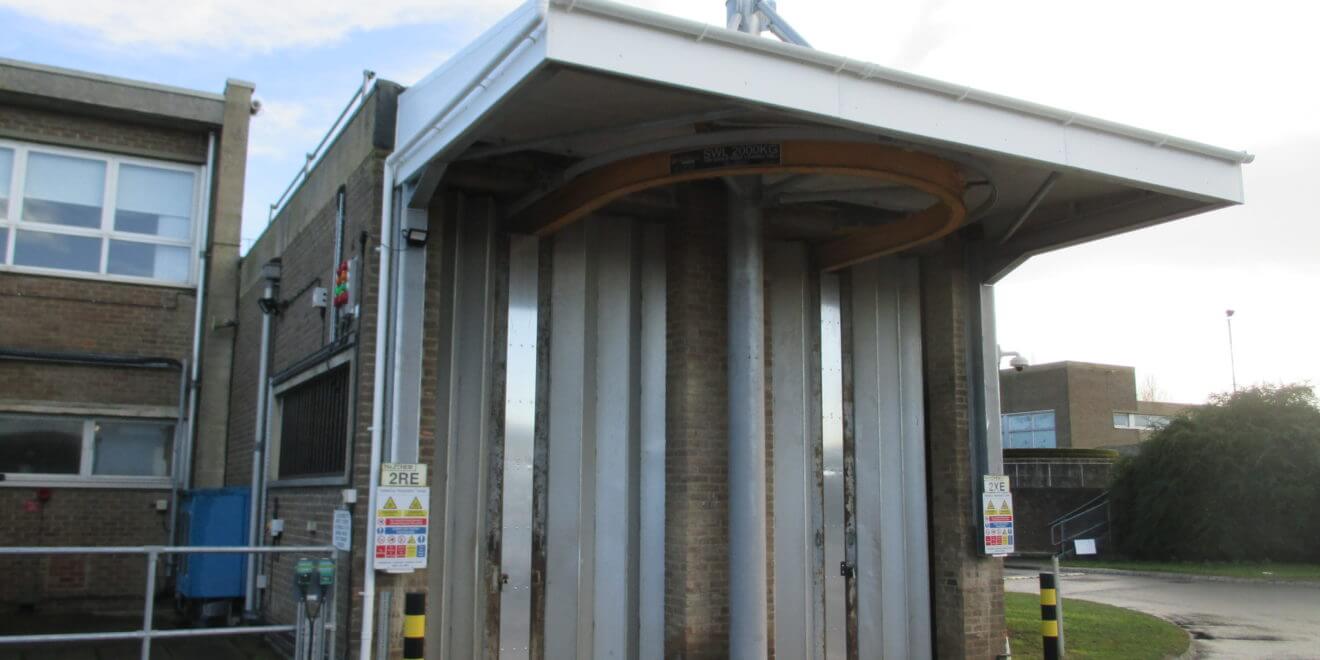As with all roofing systems, fibreglass roofs should be regularly inspected to ensure that they perform as intended for the life of the building and look their best throughout the years. Reputable flat roof weatherproofing installers may offer warranties that cover their products and installation. As these warranties can be beneficial, and in some cases long-term (up to 25 years).
Because of the durability and longevity of GRP fibreglass the only expected maintenance typically required for fibreglass flat roofs is to keep them clean – this helps the surface maintain its striking finish. Cleaning fibreglass flat roofs simply involves removing debris, such as leaves, tree branches, moss, or other growth, and giving the surface an occasional wash with a mop and soapy warm water.
How often should a fibreglass roof be checked?
It’s a good idea to carry out a visual check on a fibreglass roof at least once a year and after any severe weather, particularly hail and high winds. This check can be carried out by the building owner/inspector or a professional roof covering installer for greater peace of mind. Any damage that has occurred can therefore be addressed before it becomes a bigger problem. If there are trees located close to the building, these can cause issues with cleanliness and should be trimmed regularly. Additionally, any blocked drains and gutters should also be regularly checked and cleaned out.
How frequently should a fibreglass roof be cleaned?
Cleaning a fibreglass roof should be carried out at least once a year and can be part of a standard maintenance regime, without the need for specialist help. However, depending on the roof structure, building height and access requirements, maintenance may require an expert. This is particularly true for commercial and industrial applications. Drainage points and gutters should be cleared of any material such as leaves and debris to ensure water is able to freely flow from the surface and avoid build-up.
Fibreglass roof maintenance and safety
When working at height, such as on a roof, it’s important to ensure safe practice, and working at height precautions must be taken. Guidance regarding working safely on roofs is provided in the Health & Safety Executive document HSG33 which can be found here.
Jones and Woolman UK, established in 1979 and based in the West Midlands, provides roof and vertical penetrations, access hatches, upstands, weatherproofing and GRP moulding solutions. Jones and Woolman UK provide a complete roofing service from initial site surveys, as well as design and installation of a roofing system, through to aftercare and are approved installers of cold-applied liquid fibreglass roofs.
To find out more, please visit the fibreglass roofs solutions page and contact us for any project requirements around fibreglass roofs.




